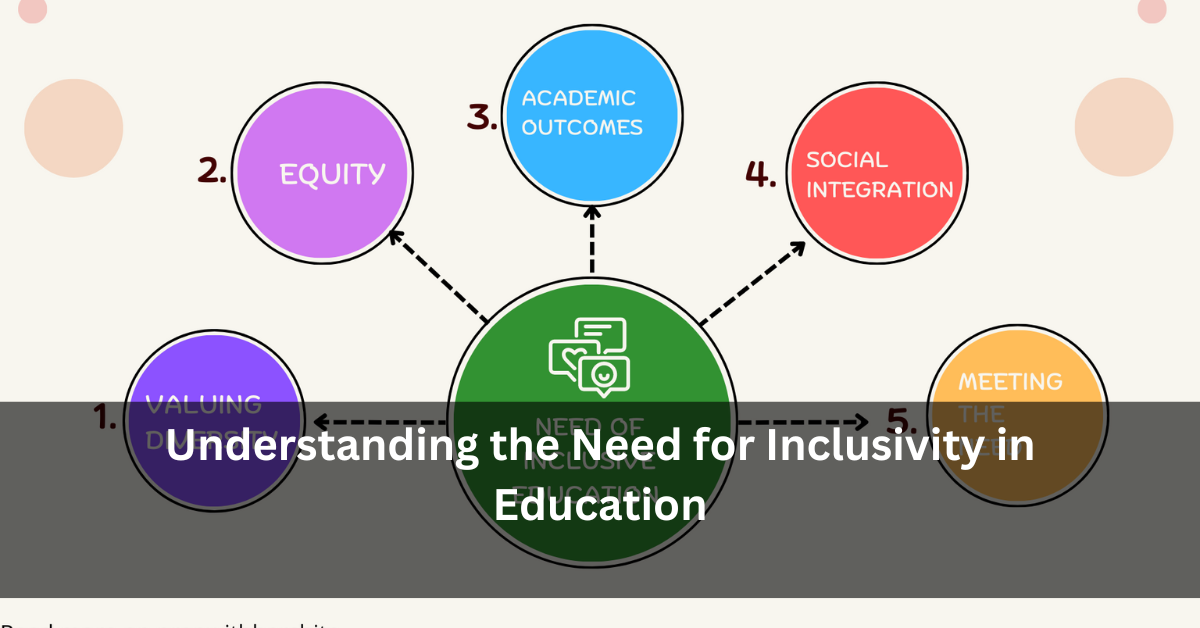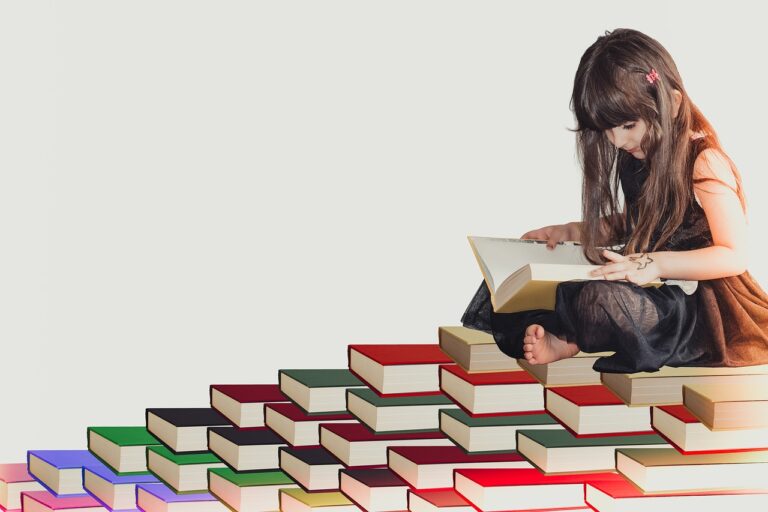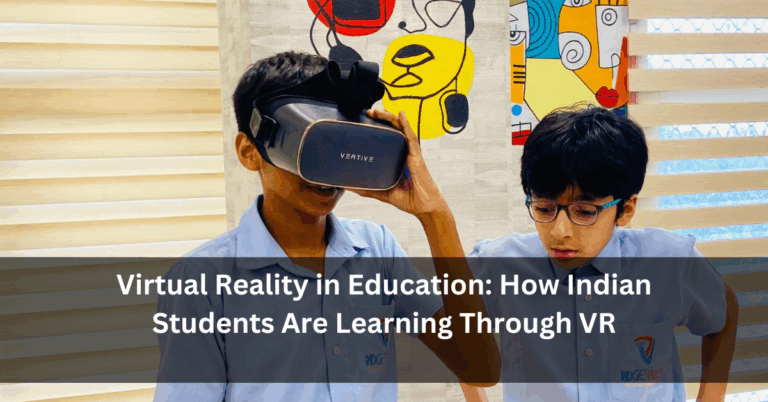Understanding the Need for Inclusivity in Education
Education should be for everyone. But in India, students come from many different backgrounds, with different skills, languages, and learning needs. This diversity means one way of teaching doesn’t fit all. Many students struggle because the teaching methods don’t match how they learn best.
This is where Universal Design for Learning (UDL) helps. UDL is a way to design lessons so that every student, no matter their needs or background, can learn better. It creates classrooms where no one feels left out or behind.
This article from Blogs will explain UDL in simple terms and why it is important for Indian schools.
What Is Universal Design for Learning (UDL)?
Universal Design for Learning means creating teaching methods and materials that work for as many students as possible. It is about offering choices and flexibility in how students learn and show what they know.
The three main ideas of UDL are:
- Multiple Ways to Learn: Students can see, hear, or read information in different formats. For example, a lesson can include pictures, videos, or simple text.
- Multiple Ways to Show Learning: Instead of only writing exams, students can also give presentations, make drawings, or do projects.
- Multiple Ways to Stay Interested: Giving students choices in their learning keeps them motivated. Teachers can include games, group work, or real-life examples.
By using these ideas, teachers can reach all students, including those with learning difficulties, disabilities, or language barriers.
Why is UDL Important for India?
India is home to millions of students with very different needs. Many schools have students who speak different languages, come from different communities, or have special learning needs. A one-size-fits-all approach to education can leave many children behind.
The government’s National Education Policy (NEP) 2020 stresses the need for inclusive education. It encourages schools to be flexible and support all children. UDL fits well with this idea because it promotes teaching that meets different needs.
UDL can help reduce dropout rates and improve learning for all students. It ensures that every child gets a chance to do well in school, regardless of their challenges.
How Can Teachers Use UDL in Classrooms?
Many teachers may feel unsure about how to start using UDL, especially in busy classrooms. But UDL does not require expensive tools or extra time. Here are some easy ways teachers can begin:
- Offer Choices: Let students decide how they want to complete an assignment. For example, they can write a story, draw a picture, or record a short speech.
- Use Visual Aids: Include pictures, charts, and videos in lessons to help students understand better.
- Use Local Examples: Relate lessons to everyday life or local culture. This makes learning easier to grasp.
- Encourage Group Work: Students learn a lot from each other. Group activities help shy or struggling students participate.
- Ask for Feedback: Regularly check with students about what is working and what is not. This helps teachers adjust their methods.
Teachers can try one or two of these ideas and slowly include more as they feel comfortable.
Examples of UDL in Indian Schools
Some schools in India are already using UDL ideas:
- Delhi Government Schools allow students to make projects or presentations instead of just exams. This helps students who may not do well in written tests.
- Maharashtra Schools during the COVID-19 lockdown used WhatsApp voice notes, videos, and worksheets to teach students remotely. This helped reach children who cannot access computers or the internet easily.
- Tamil Nadu Schools have special educators working with regular teachers to help children with disabilities learn better. They use pictures, signs, and hands-on activities.
These examples show that UDL can work well even with limited resources.
Challenges to UDL in India
While UDL is helpful, there are some challenges to making it work in all schools:
- Many teachers do not know about UDL or how to use its methods. Training is needed.
- Some schools lack teaching materials and technology.
- Large class sizes and fixed curriculum make it hard for teachers to give individual attention.
Despite these challenges, awareness about UDL is growing. Teacher training programs and government efforts are slowly introducing these ideas in schools.
What Parents and Communities Can Do?
Parents and communities also have a role in supporting UDL:
- Understand that children learn differently and encourage schools to use flexible methods.
- Share feedback with teachers about what helps their child learn best.
- Support inclusive education by helping remove stigma around disabilities or learning difficulties.
Together with schools, parents can help make classrooms welcoming for all children.
Conclusion: Making Learning Better for Every Child
Universal Design for Learning is not just a new idea — it is a better way to teach. It respects each child’s unique way of learning and helps teachers meet those needs.
India’s schools have the chance to use UDL to make learning more fair and enjoyable for all students. This change will take time and effort, but it is worth it for the future of our children.
To stay informed about education news and tips for better learning, keep visiting Blogs.
Frequently Asked Questions (FAQs)
Q1. Is UDL only for children with disabilities?
No. UDL helps all students by offering different ways to learn and express knowledge.
Q2. Do teachers need special tools for UDL?
No. Simple methods like using pictures or group work can make a big difference.
Q3. How can schools start using UDL?
By training teachers, involving parents, and trying small changes in teaching.
Q4. Where can I learn more about inclusive education?
Check Blogs regularly for easy-to-understand education news.







